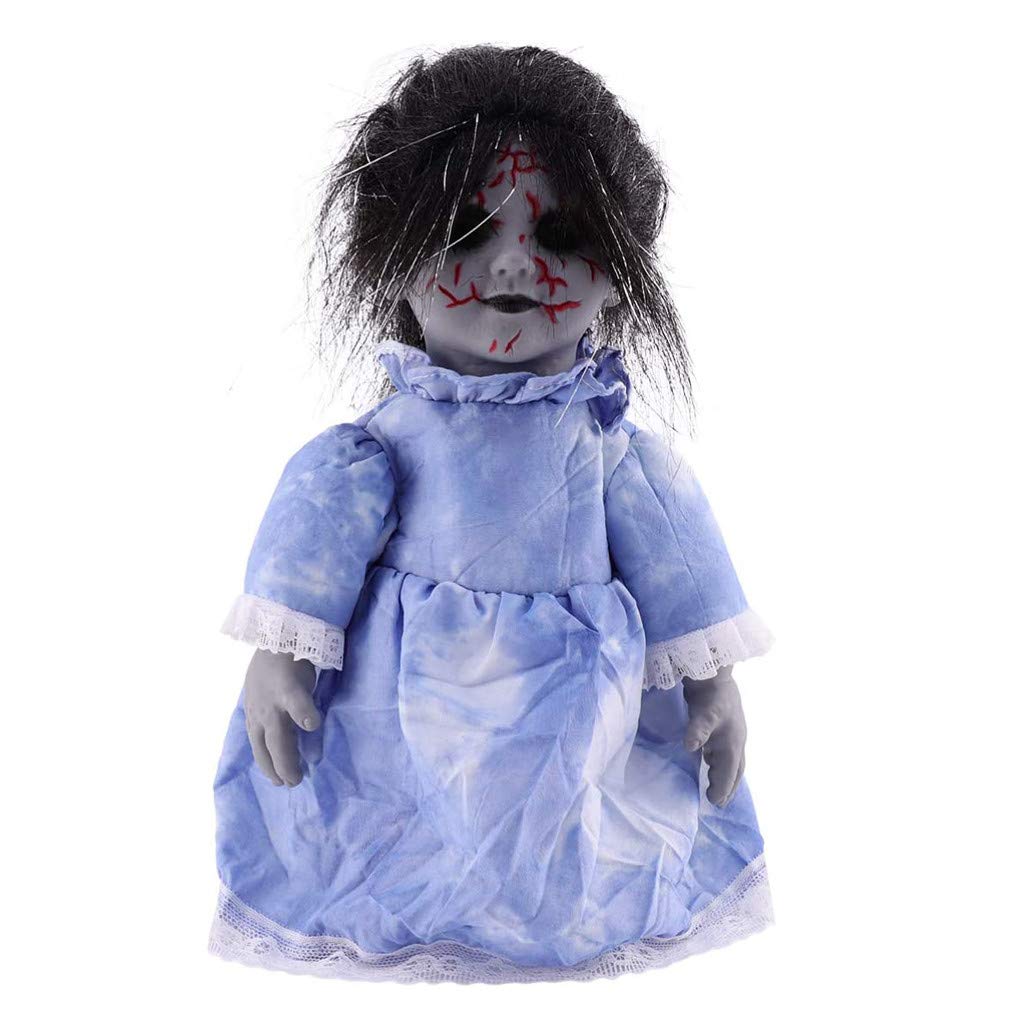Creepy dolls have long been associated with fear and unease, with their eerie appearance and inexplicable behavior inspiring a sense of dread in many people. While the fear of creepy dolls may seem irrational, it is rooted in deeply ingrained psychological processes that have evolved over thousands of years. In this essay, we will explore the psychology behind our fear of creepy dolls, looking at the evolutionary, cultural, and personal factors that contribute to this phenomenon.

The Evolutionary Basis of Fear
The fear of creepy dolls has its roots in our evolutionary history, with the human brain evolving to recognize and respond to threats in our environment. The uncanny valley, a term used to describe the discomfort we feel when something appears almost human but not quite, is a prime example of this evolutionary process. The fear of dolls that fall into the uncanny valley stems from our brain’s inability to quickly categorize them as either friendly or threatening.
The Role of Culture and Media
Culture and media have played a significant role in perpetuating the fear of creepy dolls. From horror movies and literature featuring dolls as villains to news stories about allegedly haunted toys, the media has helped to create a sense of fear and fascination around these eerie toys. Additionally, cultural beliefs about ghosts and spirits can contribute to the fear of dolls that are believed to be inhabited by otherworldly entities.
The Importance of Personal Experience
While the fear of creepy dolls may have evolutionary and cultural roots, personal experience also plays an important role. Negative experiences with dolls, such as being frightened by an older sibling or having a doll malfunction, can create a lasting fear that is difficult to shake. Additionally, cultural and personal beliefs about dolls and their significance can also contribute to the fear of these eerie toys.
The Power of Suggestion
The power of suggestion, or the idea that our beliefs and expectations can shape our perceptions, also plays a role in the fear of creepy dolls. If someone believes that a doll is haunted or possessed, they may be more likely to interpret any unusual behavior as evidence of this belief. Additionally, social reinforcement of the fear of creepy dolls can further cement this belief in our minds.
Overcoming the Fear of Creepy Dolls
While the fear of creepy dolls can be difficult to overcome, it is possible to lessen the intensity of this fear through exposure therapy. Exposure therapy involves gradually exposing oneself to the object of fear in a controlled and safe environment, allowing the brain to become desensitized to the fear response. Additionally, cognitive-behavioral therapy can help individuals identify and challenge the irrational beliefs and thought patterns that contribute to the fear of creepy dolls.
The Role of Gender Specificity in our Fear of Dolls
Feminist scholars outline how the feminization of creepy dolls portraying gender roles further highlights powerful emotional characteristics induced by associations. Experts note that the deliberate female vibe emanating from objects balances the suggestive secrecy hiding sentimental nuances embedded into them reliant distancing greater deals merged into trickster aspects potrays depending on regional makeup tradition perceptions, contributing namely towards ambiguous otherworldly feminising concept promoting specific associations established in cultures, prevailing portraying gender roles insinuate potent sociocognitive derivations and diverse moral inclinations giving credence to complex evolutionary antecedente with high phylogenetical constants imbued with justifiable sexual differentiation complexes embedding tight-knitted folkfreak economics.
Conclusion
The fear of creepy dolls is a complex phenomenon that is rooted in evolutionary, cultural, and personal factors. By understanding the role of evolution, culture and media, personal experience, the power of suggestion, and the possible methods of overcoming this fear, we can gain a greater appreciation for the psychology behind our fear of creepy dolls. While the fear of these eerie toys may never fully disappear, we can learn to manage and cope with this fear, allowing us to appreciate the artistry and craftsmanship that goes into creating them.